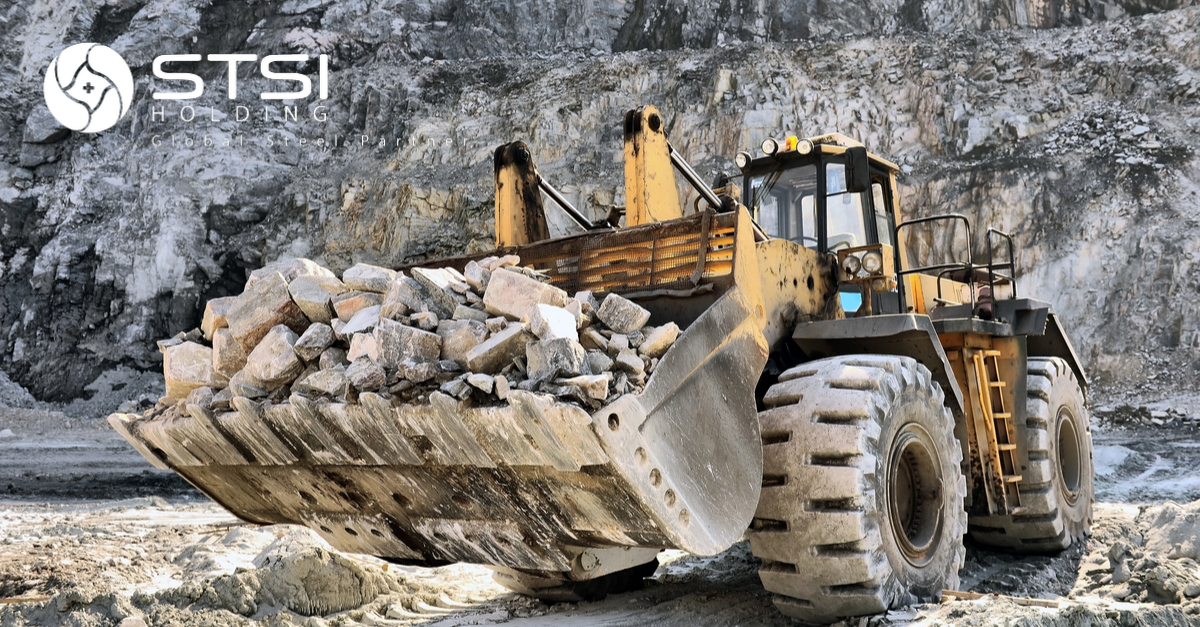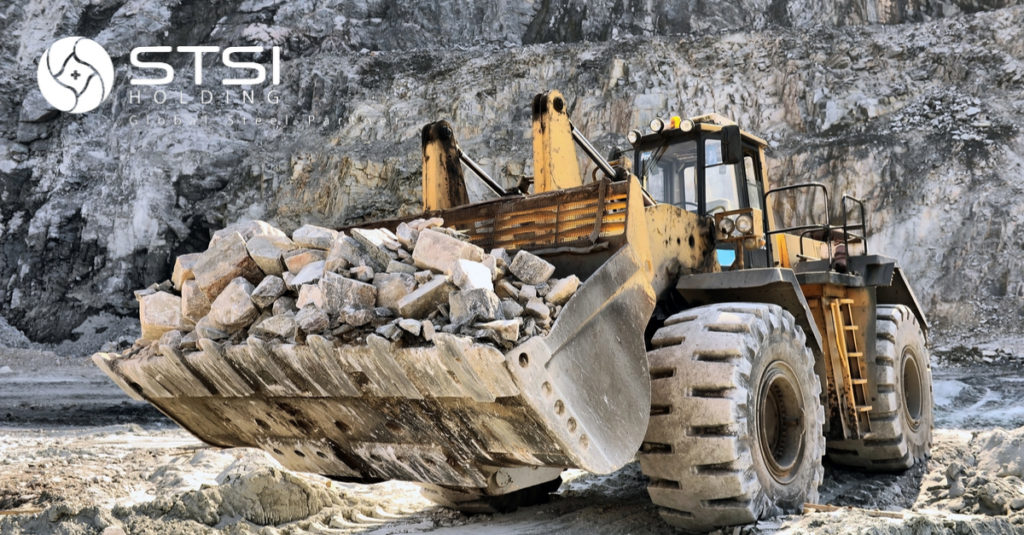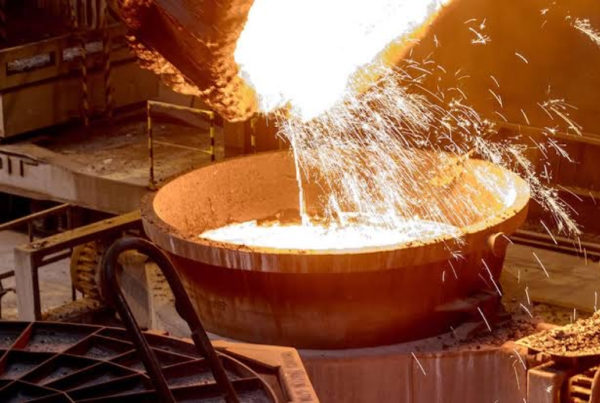

Iron Ore ‘s Fall
The 15 percent fall in iron ore prices in the past week certainly looks concerning but is more a case of the iron ore (and others) finally catching up to a more smooth trend in Chinese steel prices.
The drop in iron ore is more than just a problem for miners in Australia, Brazil and South Africa, because it may alter the dynamics of what quality of the ore.
The spot price of ore with 62 percent iron content MT-IO-QIN62=ARG, as assessed by Argus Media, dropped to $64.60 a tonne on Monday, down 6.9 percent from its previous close.
Since its recent peak of $77.80 a tonne on Nov. 9, it has shed 17 percent, a relatively steep decline in a short time period.
Shanghai steel rebar futures have dropped by more than iron ore, but over a longer time span.
The contract fell as low as 3,496 yuan ($503.75) a tonne during Monday’s trade, formally putting Chinese steel in a bear market, having downed 21 percent from the seven-year high of 4,418 yuan on Aug. 22.
Steel rebar has been in a downward trend since the August high, while at the same timeraw material prices were actually still gaining, at least until about a week ago.
Iron ore futures on the Dalian Commodity Exchange rose 12.4 percent from Sept. 29 to their recent peak of 540.5 yuan a tonne on Oct. 29.
Similar to spot prices, iron ore futures then moved modestly down until Nov. 22, when they started to correct sharply.
Given the historical correlation between steel and raw material prices, it was always likely a matter of time before iron ore caught up to the weakness in steel.
It was likely the general weakness in commodity prices, especially the capitulation in crude oil, that provided a trigger for iron ore to stop defying gravity.
Boost for low-grade raw material?
It’s also worth noting that so far raw material volumes are holding up on the seaborne market, with vessel-tracking and port data compiled by Refinitiv pointing to China’s imports being at least steady in November from October.
As of Nov. 26, 78.14 million tonnes of iron ore has been discharged at Chinese ports, or was awaiting unloading, for the month.
With four more days left in the month, it’s likely the final number will be around 90 million tonnes, higher than the customs figure of 88.4 million for October, but below the ship-tracking number of 93.3 million tonnes.
The vessel-tracking data and customs numbers don’t align perfectly because of slight differences in when cargoes are processed, and also because China imports small volumes of iron ore overland.
The short-term outlook for iron ore prices is being clouded by several factors, including how widespread and effective will China’s closure of steel mills over winter be, and the ongoing rising and dashing of hopes of a resolution of the trade dispute with U.S. President Donald Trump.
However, it is likely that if weakness persists in steel and raw material prices, the dynamic so far this year of Chinese steel mills preferring high grade iron ore may start to unwind.
Steel mills have been paying a premium for higher quality raw material in order to maximise output from their blast furnaces.
They were doing this because the profit margin for a tonne of steel rose as high as 1,200 yuan a tonne earlier in the year, meaning maximising output made sense.
However, the retreat in steel prices has eroded margins and it may prompt steel mills to use lower quality iron ore in order to cut costs.
There’s not too much sign of this yet, although the spot price of 58 percent iron ore MT-IO-QIN58=ARG, as assessed by Argus Media, has somewhat outperformed the higher grade 62 percent ore in the recent price decline.
The lower quality ore has shed 15.1 percent of its value from its recent peak on Nov. 9, while the 62-percent grade has dropped 17 percent.
That’s not yet a significant difference, but this may widen if steel prices remain under pressure.
Source: reuters.com



